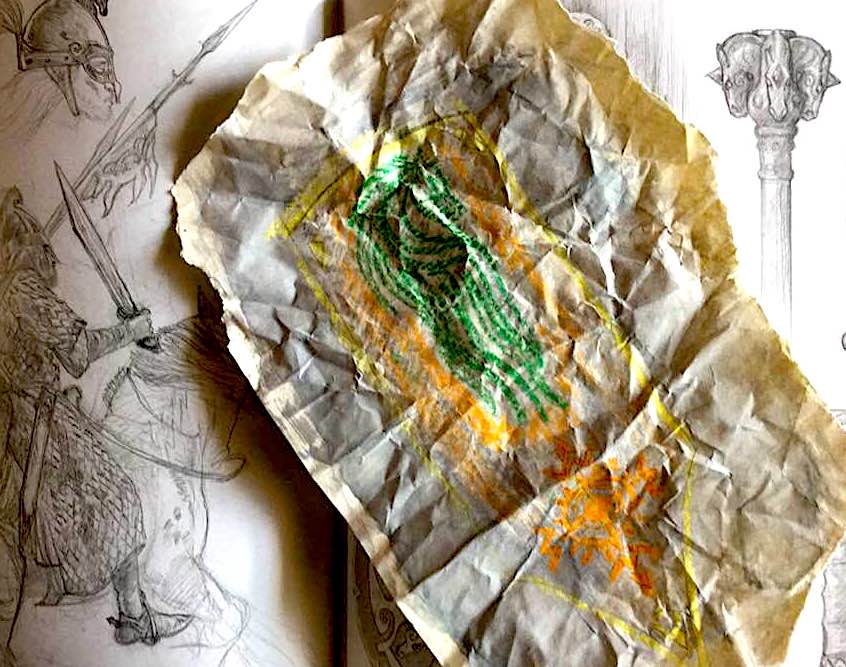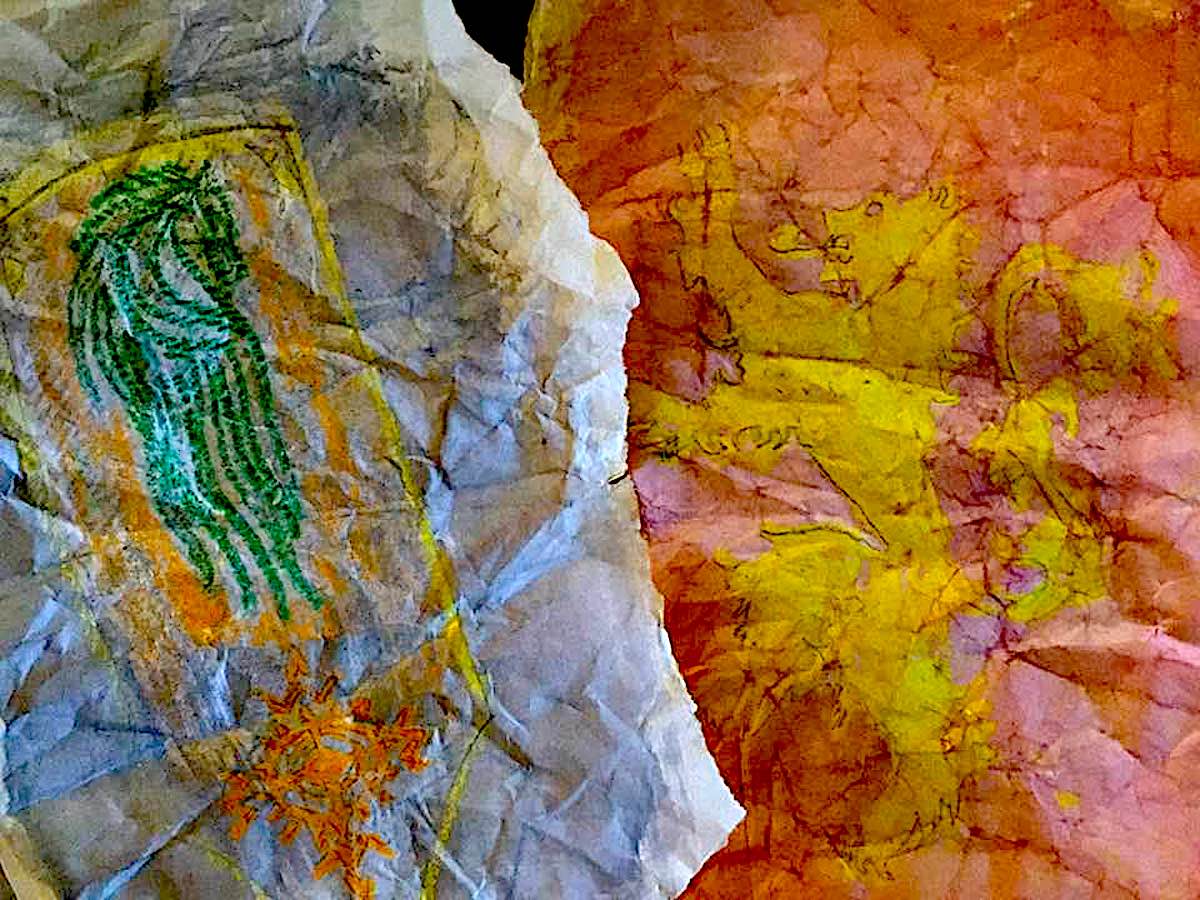This summer’s Be the Artist 2021 will help readers discover visual art-related words.
The Word: Batik
Batik is one of those colorful art forms that have become popular with artists worldwide—with each unique culture and region adding its own elements and styles—and is a dyeing method where certain areas of the cloth are covered with wax, so these specific areas don’t receive color.
The word originates from the Indonesian island of Java, where some of the best and most beautiful batik work still originates. The word “batik” is from the Javanese “tik,” or “to dot,” as hot wax is dotted or painted on the cloth before dyeing.
Older methods of batik used bamboo strips to apply the wax on cloth, and in the 18th century, many artists and craftspersons used copper crucibles “cantings” for pouring the wax designs. Metal stamp patterns were also used.
Here’s a look at the method and intricacies of Indonesian batik:
Evidence of batik has been found in places from the Middle East to Central Asia and India dating back more than 2,000 years, and by the late 1800s and early 1900s, Western European and American artists were also discovering its beauty.
According to the UK’s Batik Guild, contemporary batik artists continue to try new ways of doing this, from spraying wax to stamping it or using brushes or stencils. The wax itself varies, as well, and batik artists have taken advantage of soy wax, beeswax, paraffin, and more to get the results they want.
From a method of dyeing dating back more than two millennia, the color and practice of both traditional and modern batik, from particle textiles to works of art, are something artists from all over the globe can enjoy.
The Project: Patterns From Other Worlds
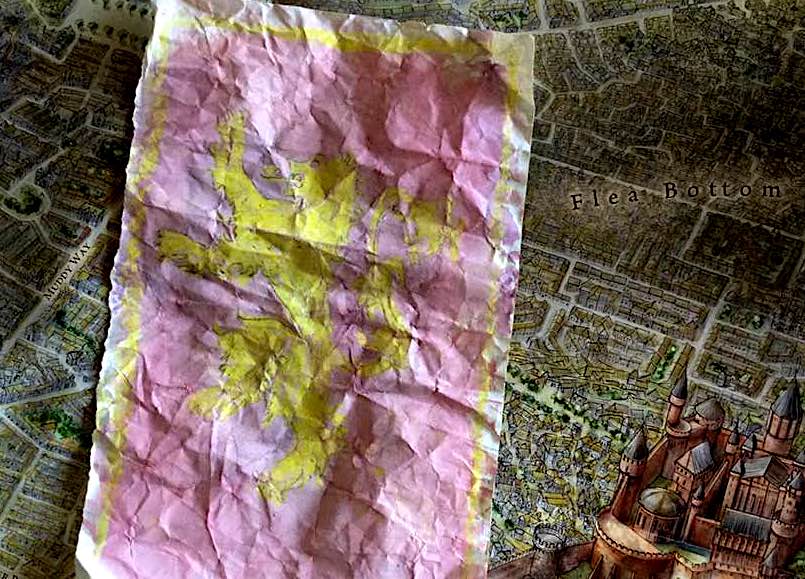
This simplified batik-inspired project may be familiar to many, and teachers, youth leaders, art instructors, and camp counselors everywhere know when you have plenty of a certain media, use it.
This includes plain old crayons, manila drawing paper (not smooth copy paper), and watercolor paint starters to create some patterns or images from fictional worlds and lands like Neverland, Wonderland, or Oz.
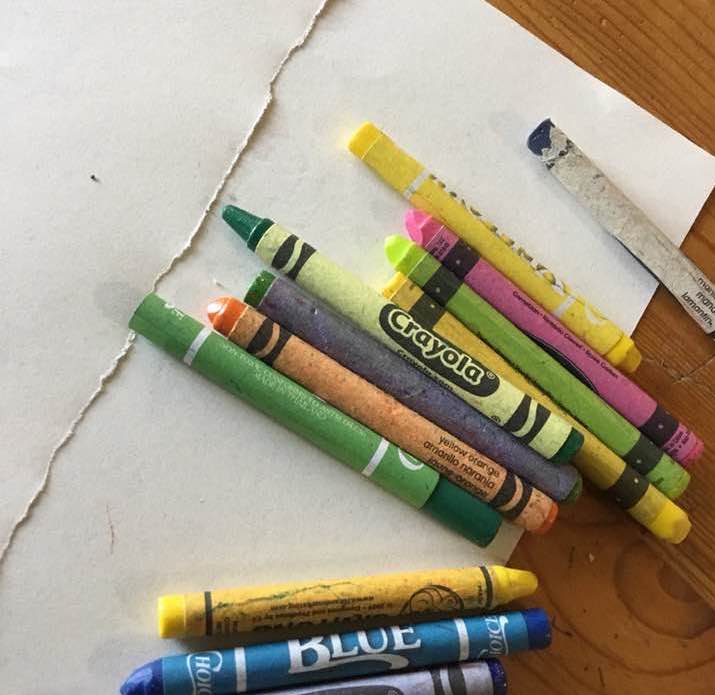
Flags and symbols representing make-believe cultures and places like Azeroth, Wakanda, or Rohan are fun to play with in the batik style, as they can look like something from not only a distant land but something discovered from another time.
Draw your pattern, very lightly in pencil first, and then go over the edges in crayon. Color in the image where desired.
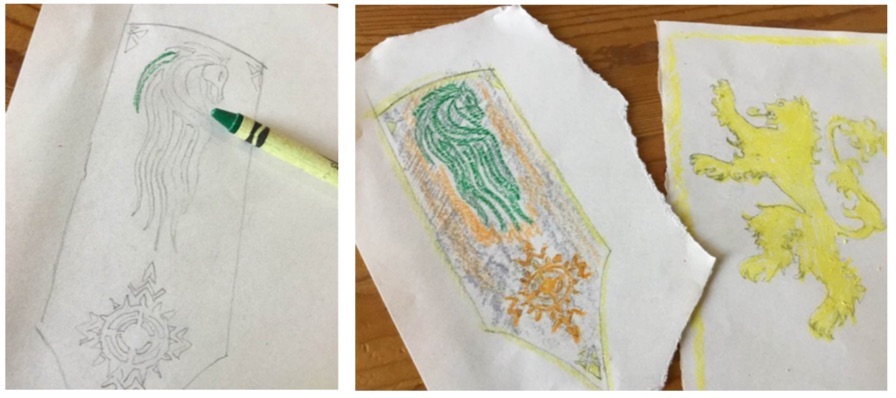
Now tightly wad up the paper and then smooth it back out. It will still look very wrinkly, which is perfect.
To give it that antiqued, “batik” look use plain watercolor paints, and paint over the entire image. The paint won’t stick to the waxy surfaces but will blend in with the paper.
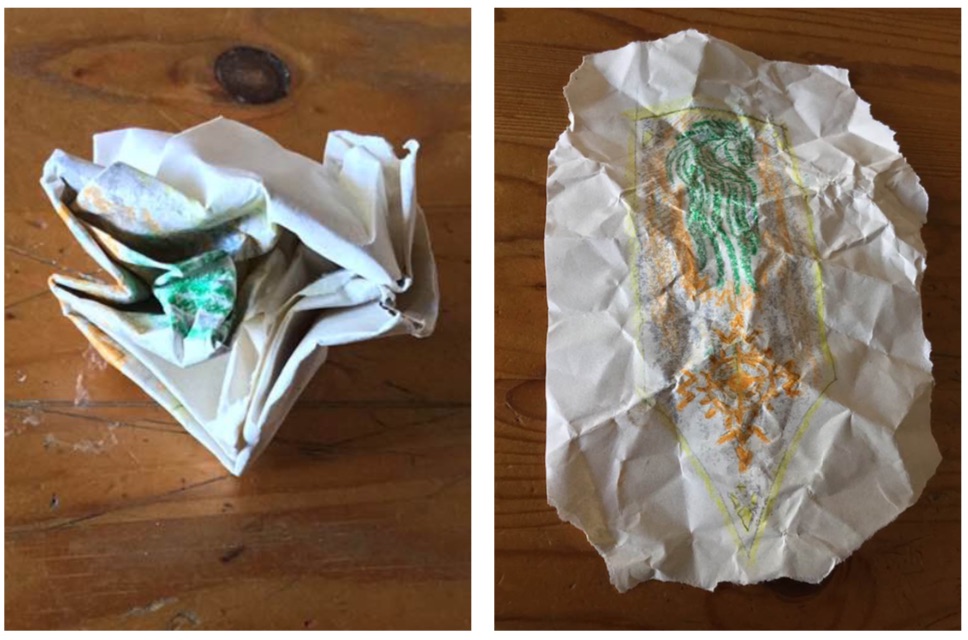
Wipe away the excess drops that collected on the wax and let dry. Repeat with another layer of wash, if it isn’t as dark as wanted.
If you want something more natural and colorful, use some very strong coffee or tea, grape juice, or Kook-Aid in place of the watercolors, and draw the pattern or image you want in white crayon.
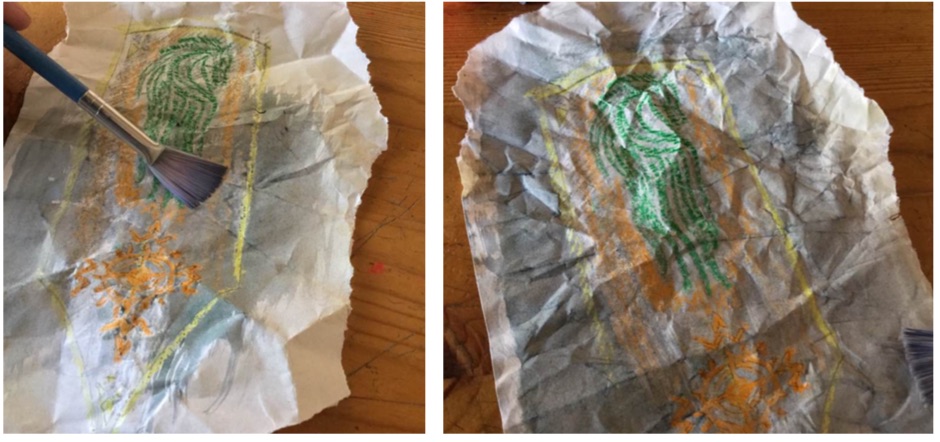
This same method using these “natural dyes” works well with cotton or wool cloth, like on a handkerchief or scarf. Only now, instead of wadding up the paper and painting over it, wad up the cloth and place it down in the cup of coffee or tea, then leave it for around 15 to 20 minutes, but sometimes it can be fun to leave it overnight to see how it looks.
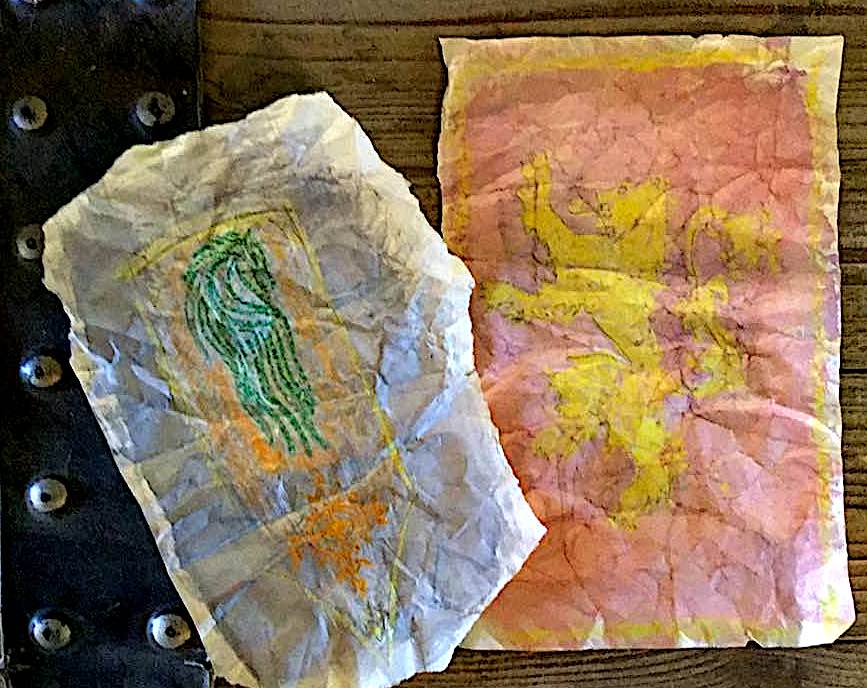
These designs, both on paper and cloth, can make great summer art for those who enjoy armchair traveling, particularly by creating a “souvenir” from places only accessible in the imagination.
